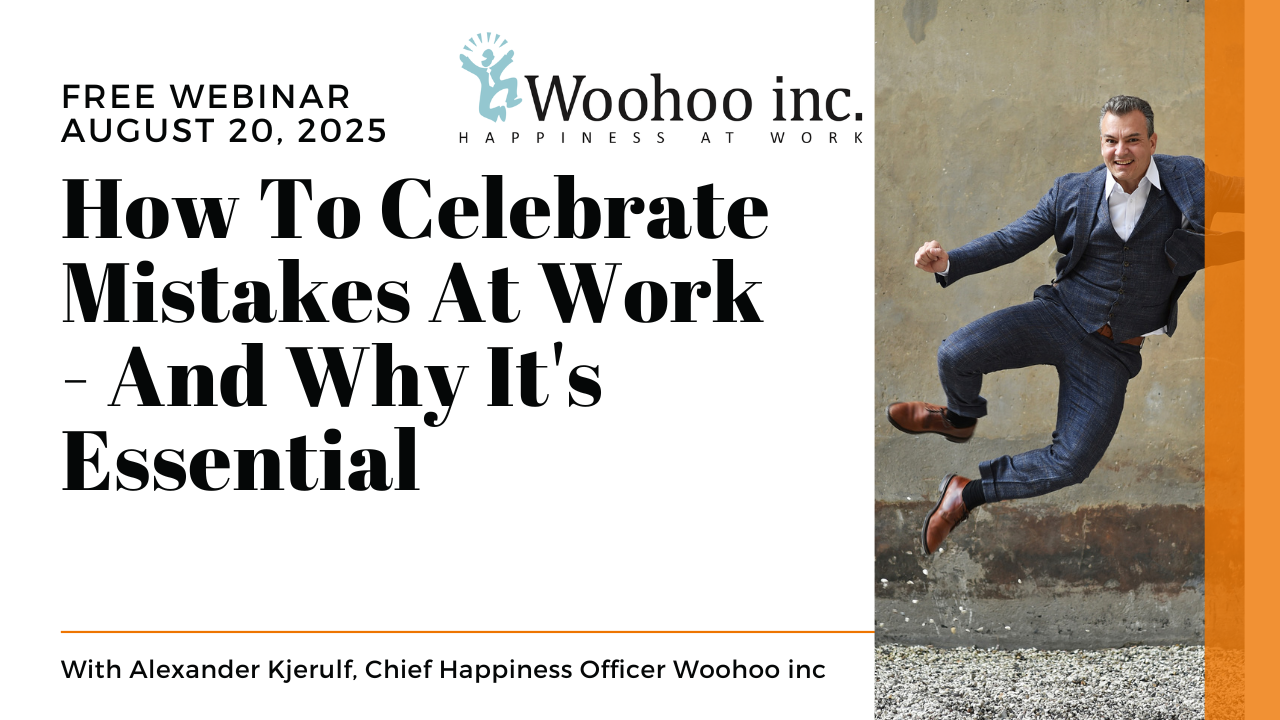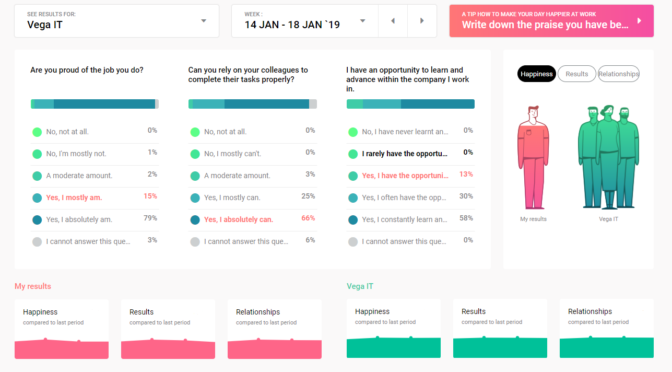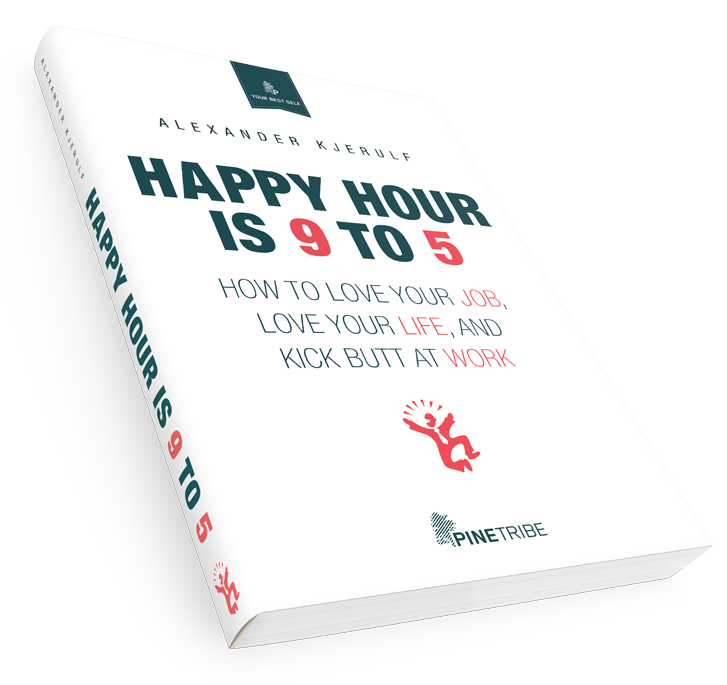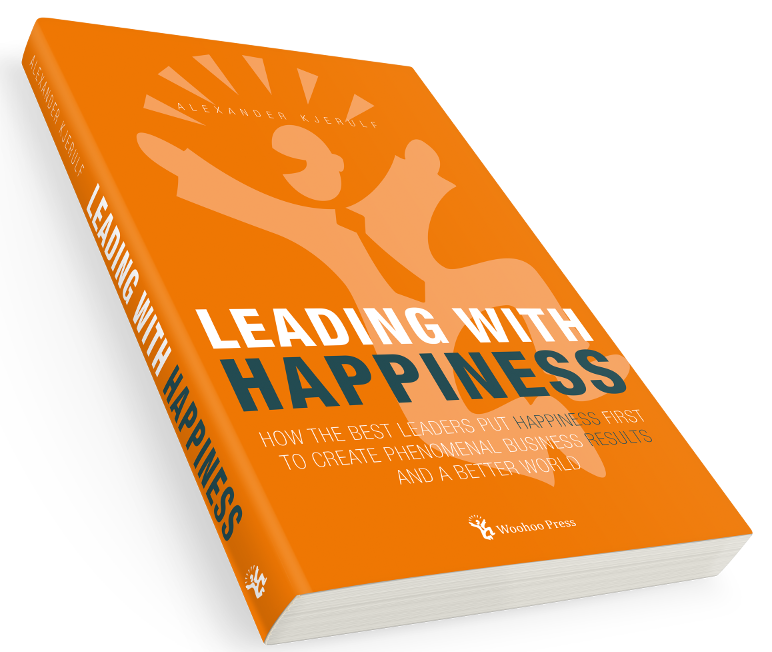The Summer holidays are right around the corner here in the northern hemisphere and I am really excited for it. No matter how much you love your job, you should still look forward to some time off, where you can do something completely different.
But it’s important to do your vacation right. If not, you risk ruining the whole thing by doing emails at the pool or by feeling bad about the work you didn’t do before going on vacation. That’s not doing anyone any favors – not even the workplace – because time off from work is a prerequisite for happiness and productivity.
So here are our 4 best tips for having a happy vacation.
1: Actually take a vacation
I can’t believe I even have to say this, but in many countries people don’t take the vacation time they’re entitled to. One person wrote this comment on my blog:
I’m 34 and haven’t had a real vacation since my childhood vacations with my parents. The only way I manage to take an entire week off at a time (I work in IT) is when I’m able to schedule a week or two of “unemployment” between jobs, and in those periods, spending money on a trip is not wise.
I’m tied to my email/pager even on weekends and holidays and on the scattered “vacation” days I can take. Most Americans only get 2-3 weeks of combined sick and vacation time in any case, and professionals are expected to read email and be available, even on their days “off”.
I wonder how many people are able to have a real vacation these days!
US workers typically get very little vacation time, and often don’t even take all the vacation they do get. The Japanese have a similar problem where many workers don’t take the vacation days they’re entitled because they feel they’re letting down their coworkers.
Take your vacations. And if you work for a company that refuses to understand that human beings need time off from work, quit and go work for a company that actually cares about its people.
2: Get organized before you go
Clear out any outstanding work and your email inbox. This will give you clarity and control of any tasks. This sounds boring but it’s quite satisfying to get your work organized and go on vacation with an empty inbox.
And if you know there are important tasks that you can’t get done before you leave, hand them over to a coworker in plenty of time. Make sure to hand over the task with all necessary information so it’s easy for your coworkers to take over. That also keeps them from having to disturb you on your vacation, so you’re helping both them and yourself.
3: Don’t work on your vacation
Don’t bring the company mobile and don’t read work-related emails. Take a real vacation and let your brain do something completely different.
Instead, spend some time doing new things you’ve wanted to try for a long time but haven’t had time for. Go rollerskating, windsurfing, fishing or whatever strikes your fancy. Can I suggest swing dancing? It’s amazing!
Or maybe just kick off your shoes and go lie in a hammock. Stare out at the water. Have days with no plans and time for reflection.
4: Close your email inbox completely
If you have some vacation time coming up, and if you’re like most people, you will put up an autoreply email just before you leave, saying that you’re gone, when you’ll be back and who to contact if it’s urgent.
I have talked to many people who mention both of these as a source of stress and I’ve just seen too many parents on family vacations handling work emails on their phone/laptop by the pool, when they should’ve been playing with their kids.
Fortunately, there’s an alternative: Close your inbox while you’re away. This may seem like a weird idea but some workplaces are already doing it. Here’s how you can close your inbox completely on your vacation.
I’m taking all of July off and I will be doing exactly that.
The upshot
For crying out loud: Take your vacation time and make it a good one.
Related posts

























